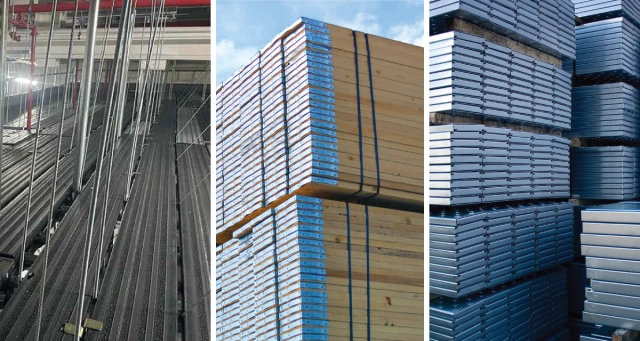Let's talk safety, because making sure everyone goes home in one piece is what really matters. Each material has its own safety profile, and it's crucial to understand these differences to make informed decisions.
Timber scaffold boards have a long history of use and are familiar to most workers, which can contribute to safer handling. They provide good grip naturally and absorb sound, potentially reducing noise-related hazards. However, timber boards require frequent inspection for signs of rot, splitting, or warping that could compromise safety. They can also become slippery when wet and may lose strength if repeatedly exposed to moisture.
Plastic scaffold boards offer several safety advantages. They are resistant to moisture, rot, and insect damage, which helps maintain their structural integrity over time. Their lightweight nature reduces the risk of strain injuries during handling. Additionally, plastic boards feature anti-slip surfaces, enhancing worker safety in wet conditions.
Steel scaffold boards offer superior strength and durability, making them highly resistant to damage and deformation under heavy loads. They are fire-resistant, which is a significant safety advantage in certain environments. However, their heavy weight can pose handling risks, potentially leading to strain injuries if not managed properly. In wet conditions, steel boards may become extremely slippery unless treated with anti-slip coatings. Additionally, if the galvanisation is compromised, there's a risk of corrosion that could affect structural integrity over time.









